Discover how to design a permaculture garden that works with nature, not against it. In this ultimate guide, you’ll learn the core principles of permaculture, how to build healthy soil, choose the right companion plants, conserve water, and create a self-sustaining garden that thrives year after year. Whether you’re gardening off-grid or in a suburban backyard, this beginner-friendly guide will help you grow more with less work!
What Is a Permaculture Garden and Why Does It Matter?
Permaculture is all about creating self-sustaining systems that mimic the natural world, making it ideal for eco-conscious gardeners. Instead of the typical garden approach that requires constant maintenance and resources, permaculture designs a garden that works with the land, water, and climate to thrive on its own.
A Smarter Way to Garden Sustainably
This makes it incredibly relevant to sustainable gardening, as it promotes resilience, reduces waste, and nurtures a natural balance. Permaculture encourages us to use what we have, maximizing yields while minimizing our impact on the environment. If this type of sustainable gardening speaks to you like it does me, then keep on reading!
Benefits of a Permaculture Garden at Home
By using permaculture principles in your home garden, you can transform it into a productive, low-maintenance space that benefits both you and the environment. These principles help conserve water, improve soil health, and support local ecosystems by attracting beneficial insects and pollinators.
Resources to Help You Get Started
A permaculture garden also provides fresh food, herbs, and other natural resources, reducing the need for store-bought produce. It’s a practical way to save time and money while helping to create a more sustainable world, one small garden at a time.
Throughout this guide, I’ll be sharing useful resources and recommending a few trusted products to help you set up a successful permaculture garden at home. From tools and books to plant varieties that thrive in permaculture setups, these items can make the process smoother and more enjoyable.
Whether you’re new to the concept or looking to deepen your permaculture knowledge, these resources will give you a solid foundation to start building your self-sustaining garden.
This is a pinnable post. Tap or hover over any image in this post to pin to your Pinterest Boards.
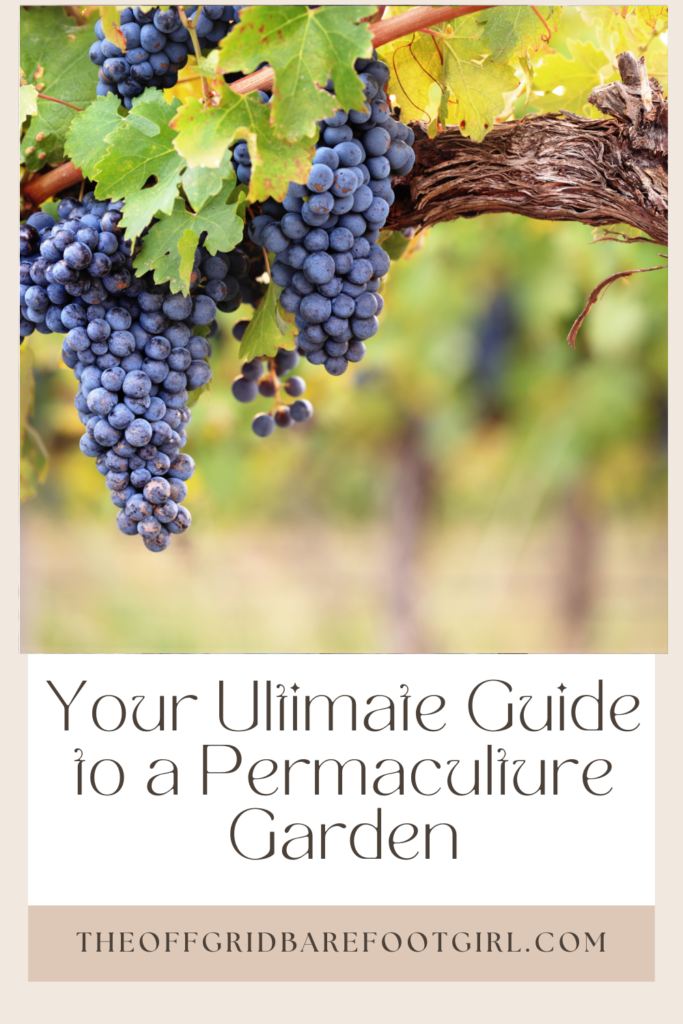
What is Permaculture
Permaculture is a design philosophy for sustainable living that focuses on creating systems that work in harmony with nature. At its core are three principles: Earth Care, People Care, and Fair Share.
- Earth Care emphasizes the importance of maintaining and enhancing the land, ensuring that natural resources are protected and regenerated.
- People Care involves creating systems that support health and well-being for ourselves and our communities, providing food, resources, and shelter sustainably.
- Fair Share, the final principle, reminds us to take only what we need and return any surplus back to the earth and community.
Together, these principles guide us to create resilient, balanced gardens that benefit both people and the planet.
How Permaculture Differs from Traditional Gardening
Permaculture differs from traditional gardening in that it emphasizes self-sustaining systems rather than focusing on individual plants or crops. In traditional gardening, we often rely on pesticides, fertilizers, and regular maintenance to keep plants thriving.
Permaculture, on the other hand, encourages us to work with the natural landscape, choosing plants that complement each other and attract beneficial wildlife, ultimately reducing the need for chemicals and constant intervention.
It’s less about imposing control and more about fostering natural relationships within the garden. By designing with nature’s patterns, permaculture gardens become easier to maintain over time, needing fewer resources and intervention.
The Role of Biodiversity in a Healthy Ecosystem
Biodiversity is crucial in permaculture, as it strengthens the entire ecosystem and makes it more resilient to pests, diseases, and environmental changes. By including a wide range of plants, animals, and insects in your garden, you create a balance where each organism plays a role in supporting the health of the system.
For example, certain plants attract pollinators, while others repel pests naturally, reducing the need for harmful pesticides. This diversity also enriches the soil, supports local wildlife, and helps stabilize the garden’s environment. A biodiverse garden is a healthier, more vibrant ecosystem that can sustain itself and produce more over time.
Key Principles of Permaculture Garden
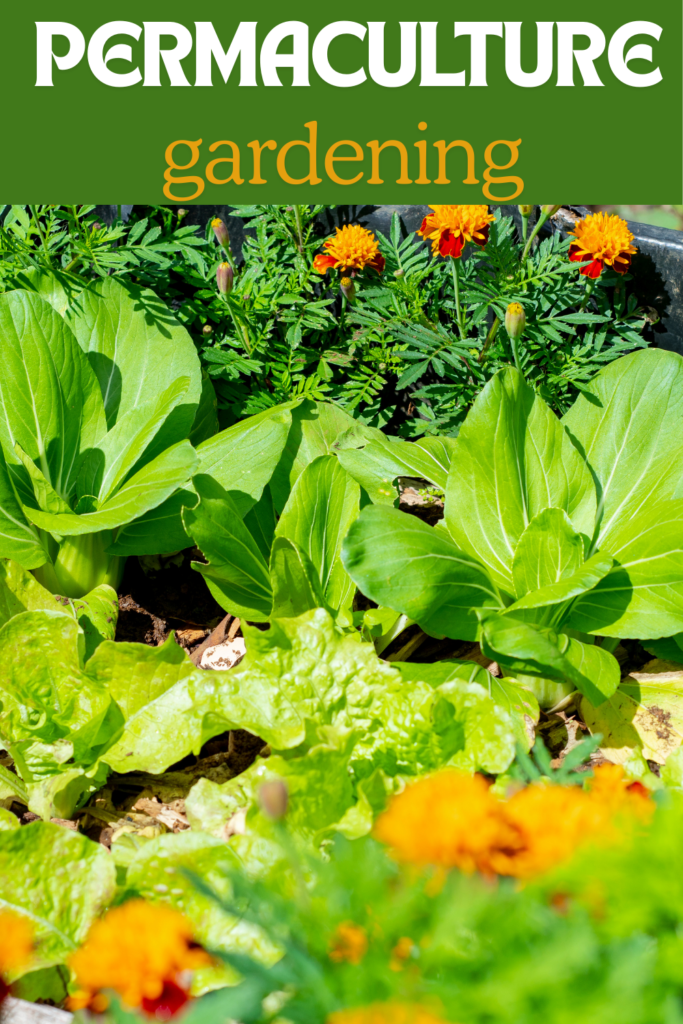
Observe and Interact: Understand Your Environment
Observing and interacting with your environment is the first step in creating a successful permaculture garden. By spending time in your garden, watching where the sun hits, noticing how water flows, and observing which areas get the most wind, you learn its unique patterns and challenges.
For instance, I noticed that one corner of my garden always remained cooler and shaded, making it perfect for herbs like mint and cilantro that thrive in less direct sunlight. By paying attention to these details, you can work with nature rather than against it, placing plants where they’re naturally more likely to flourish.
Catch and Store Energy: Utilize Natural Resources
Permaculture teaches us to capture and store natural energy whenever possible, whether it’s sunlight, rainwater, or organic material. In my garden, I installed rain barrels to catch rainwater, which I use during drier spells. I also built a small compost pile that transforms kitchen scraps and garden waste into nutrient-rich soil.
By catching and storing these resources, I reduce my dependence on municipal water and fertilizers, saving money and reducing waste. Using these simple methods, you can make your garden more self-sufficient and prepared for seasonal changes.
Use and Value Renewable Resources: Focus on Sustainability
Renewable resources are at the heart of permaculture, as they help our garden in a way that doesn’t deplete the environment. Instead of using synthetic fertilizers, I rely on compost and natural mulch, which enrich the soil over time.
Mulching with leaves from my own yard, for example, not only reduces waste but also keeps the soil moist and improves its structure. Choosing renewable resources like these supports sustainability and helps create a garden that’s healthier and more resilient year after year.
Design from Patterns to Details: Plan Your Garden Layout Effectively
In permaculture, designing from patterns to details means starting with the bigger picture of your garden layout, and then refining smaller elements as you go. I like to begin by sketching where the main garden areas will go—like vegetable beds, fruit trees, or herb patches—based on sun exposure, water flow, and access. Once the broad layout is set, I add specific plants, paths, and features.
This approach helps ensure that each part of the garden fits within the whole, creating a natural flow that makes it easier to maintain and enjoy. By starting with large patterns, you can adapt your garden over time without needing a complete redesign.
Setting Up Your Permaculture Garden

Assess Your Space and Resources
The first step in creating a permaculture garden is to evaluate your space and the resources available to you. Take a close look at your garden area, noting the size, shape, and current conditions. Consider the quality of your soil, the water sources available, and any existing plants or structures.
If you have limited space, you might use vertical gardening techniques or containers, while larger spaces can support a greater diversity of plants. This assessment helps you understand your starting point so that you can plan a garden that truly fits your environment and needs.
Plan Your Garden Layout Based on Sun, Water, and Wind Patterns
Once you’ve assessed your space, you’ll want to observe sun, water, and wind patterns to inform your garden layout. Take note of areas that receive the most sunlight throughout the day, as well as those with more shade, and map out any natural slopes or dips where water collects. This helps you position plants where they’ll naturally thrive, reducing the need for extra watering or protection.
For instance, place sun-loving plants like asparagus, rhubarb, strawberries, and artichokes in the brightest spots, while shade-tolerant plants like sorrel, mint, lovage, chives, and raspberries can go in cooler, sheltered areas. Accounting for wind can also prevent damage to delicate plants, making your garden more resilient.
Choose the Right Plants That Complement Each Other (Companion Planting)
Companion planting is essential in a permaculture garden, as it lets you pair plants that support each other’s growth. Certain plants provide natural pest control, while others improve soil health or offer shade to more delicate neighbors. For example, planting beans with corn allows the beans to use the corn stalks as a trellis while adding nitrogen to the soil, which the corn can then utilize.
Think about what each plant brings to the table and create groupings that enhance each other’s growth—this reduces the need for chemicals and creates a naturally balanced garden.
I have written helpful information about companion planting in my other post for you to check out.
How to Do Companion Planting: Friends or Foes?
Incorporate Practical Tips for Beginners
Starting a permaculture garden may feel overwhelming, but a few simple tips can help make the process smoother. Begin with just a few plants, allowing yourself time to learn as you go. Focus on easy-to-grow plants that offer immediate benefits, like herbs or leafy greens, which are hardy and can help you build confidence.
Mulch around your plants to retain moisture and reduce weeds, and if you’re limited on resources, look for recycled materials like pallets or old containers to create raised beds or planters. Starting small and working with what you have makes permaculture achievable and enjoyable from day one.
Recommended Tools and Resources

Hand Tools: Trowels, Pruners, and More
Quality hand tools make a world of difference in a permaculture garden. A strong, ergonomic trowel is perfect for digging, transplanting, and loosening soil, while a sharp pair of pruners keeps plants trimmed and healthy.
For added versatility, this Garden Tool Set includes a durable trowel, pruners, and a hand rake, designed to tackle everything from weeding to soil preparation. Investing in a good tool set ensures you’ll be ready for all aspects of planting and garden maintenance.
Watering Systems: Rain Barrels and Drip Irrigation
Water conservation is essential for permaculture, and systems like rain barrels and drip irrigation make a huge difference.
A Rain Barrel lets you capture and store rainwater, reducing the need for municipal water, while Drip Irrigation Kits provide slow, efficient watering directly to plant roots, minimizing waste.
This Complete Drip Irrigation Kit is ideal for gardens of all sizes and is easy to set up—perfect for helping your plants thrive with minimal effort. With these watering tools, you can reduce water waste while keeping your garden hydrated.
Soil Amendments: Compost and Organic Fertilizers
Healthy soil is the heart of a thriving garden, and adding organic amendments like compost and natural fertilizers can improve both structure and fertility. For a steady supply of compost, this Composting Bin turns kitchen scraps into nutrient-rich compost, giving your garden an organic boost.
In addition, Organic Fertilizer blends, like bone meal or fish emulsion, enrich the soil naturally, supporting strong plant growth. With these soil amendments, your garden will be ready to produce healthy, vibrant plants season after season.
Books and Courses on Permaculture
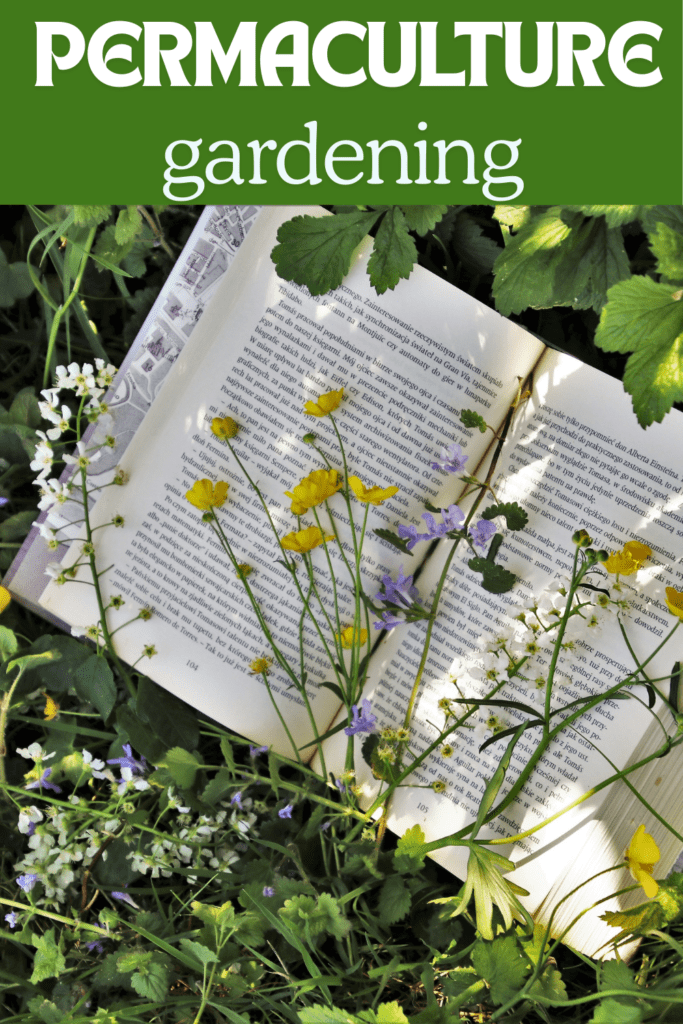
Hand Tools: Essential Trowels, Pruners, and More
Quality hand tools are essential for any permaculture gardener, helping you tackle digging, weeding, and pruning with ease. A strong Trowel is perfect for planting and transplanting, while sharp Pruners keep your plants neatly trimmed and healthy. For a versatile set, this Garden Tool Set includes a durable trowel, pruners, and a hand rake, perfect for all kinds of small garden tasks. With the right tools in hand, you’ll be prepared to handle everything from planting to maintaining your permaculture garden effectively.
Grow a Thriving, Sustainable Garden with Harvesting Paradise

If you’re inspired by the idea of a self-sustaining permaculture garden, Harvesting Paradise: Your Guide to Growing a Backyard Orchard is the perfect companion to your gardening journey. My book walks you through creating a productive, eco-friendly garden that nurtures both your plants and the planet. Filled with practical tips, easy-to-follow steps, and plenty of inspiration, it’s designed to help you cultivate fresh fruit, herbs, and more—right outside your door. Ready to turn your garden into a true paradise? Grab your copy today and start growing the sustainable harvest of your dreams!
Get your copy!
Harvesting Paradise: Your Guide to Growing a Backyard Orchard
Conclusion
Incorporating permaculture practices into your home garden can truly transform it into a resilient, eco-friendly sanctuary. With principles like reducing waste, supporting local biodiversity, and conserving resources, you’ll find that this approach benefits both your garden and the environment. Permaculture makes gardening more sustainable and less labor-intensive over time, rewarding you with a productive, natural ecosystem right in your backyard.
Getting started with permaculture is easier when you have the right tools and resources to support your efforts. I’ve put together a list of essentials, from rain collection systems to composting bins and companion planting guides, that make it simple to set up a sustainable garden. These products are selected to help you adopt permaculture in a way that works for your lifestyle and garden space, so you can jump into your new routine with confidence.
Resources: Here are some helpful resources for further information.
- Permaculture Gardening: How to Garden Organically – By Homes & Gardens
- Gardens and Orchards – By Permaculture Association
- Maximize Your Garden Space with Permaculture – By Yellow Birch Hobby Farm
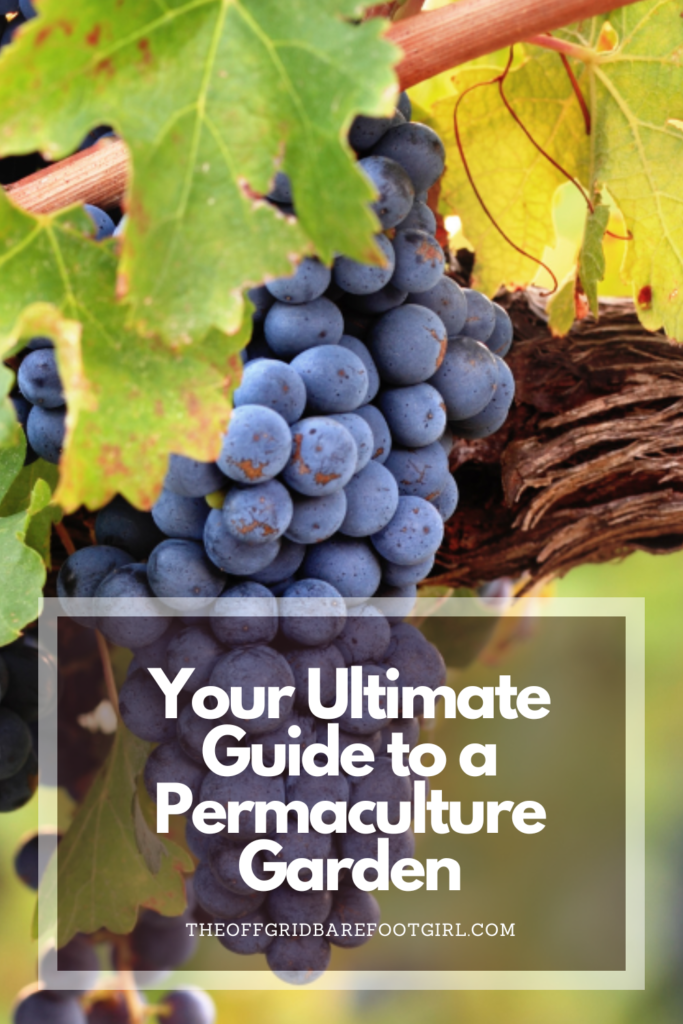
Frequently Asked Questions
1. What is permaculture gardening?
Permaculture gardening is a sustainable approach that designs gardens to mimic natural ecosystems, focusing on self-sustaining, low-impact practices. It uses principles like renewable resources, biodiversity, and soil health to create resilient gardens that require less maintenance over time.
2. How is permaculture different from traditional gardening?
Unlike traditional gardening, which often requires heavy inputs and ongoing maintenance, permaculture seeks to create a balanced ecosystem where plants, animals, and soil work together naturally. This approach reduces the need for fertilizers, pesticides, and excessive watering, leading to a more self-sufficient garden.
3. What are some beginner-friendly permaculture techniques?
Beginner techniques include companion planting (choosing plants that benefit each other), mulching to retain soil moisture, and setting up compost bins to recycle organic waste. Starting with these simple steps helps you build a solid foundation and begin observing natural cycles in your garden.
4. Do I need a large space to start a permaculture garden?
No, permaculture can be applied in any size space, from a small balcony to a full backyard. The key is to work with what you have by maximizing sunlight, using vertical gardening for limited spaces, and integrating multi-functional plants that contribute to a balanced ecosystem.
Summary
I hope I have inspired you to grow your own permaculture garden.
If you were encouraged by this post, I invite you to check out my FREE Printables Page for fun free printables, planners, and charts.
ENTER MY FREE Printables Page HERE
I invite you to check out some more of my posts!
How to Grow Concord Grapes In Your Backyard
How to Start a Backyard Orchard: A Beginner’s Guide
All About Cherry Plum Trees: Ultimate Guide
How Persimmon Fruit Trees Can Change Your Life! Unbelievable!
How to Design Your Backyard Orchard for Maximum Yield
How to Grow a Sustainable Backyard Orchard
Surprising Benefits of Growing Garlic Around Your Fruit Trees
How to Can a Year’s Supply of Quince Jam
Pears: All About Pear Trees: Ultimate Guide
Cherries: All About Cherry Trees: Ultimate Guide
Quince: All About Quince Trees: Ultimate Guide
Apples: All About Apple Trees: Ultimate Guide
How to Grow a Productive Perennial Raspberry Patch
Why You Need to Start Micro-Orcharding in Your Backyard
How to Grow a Productive Perennial Strawberry Patch
Blessings,
The Off Grid Barefoot Girl

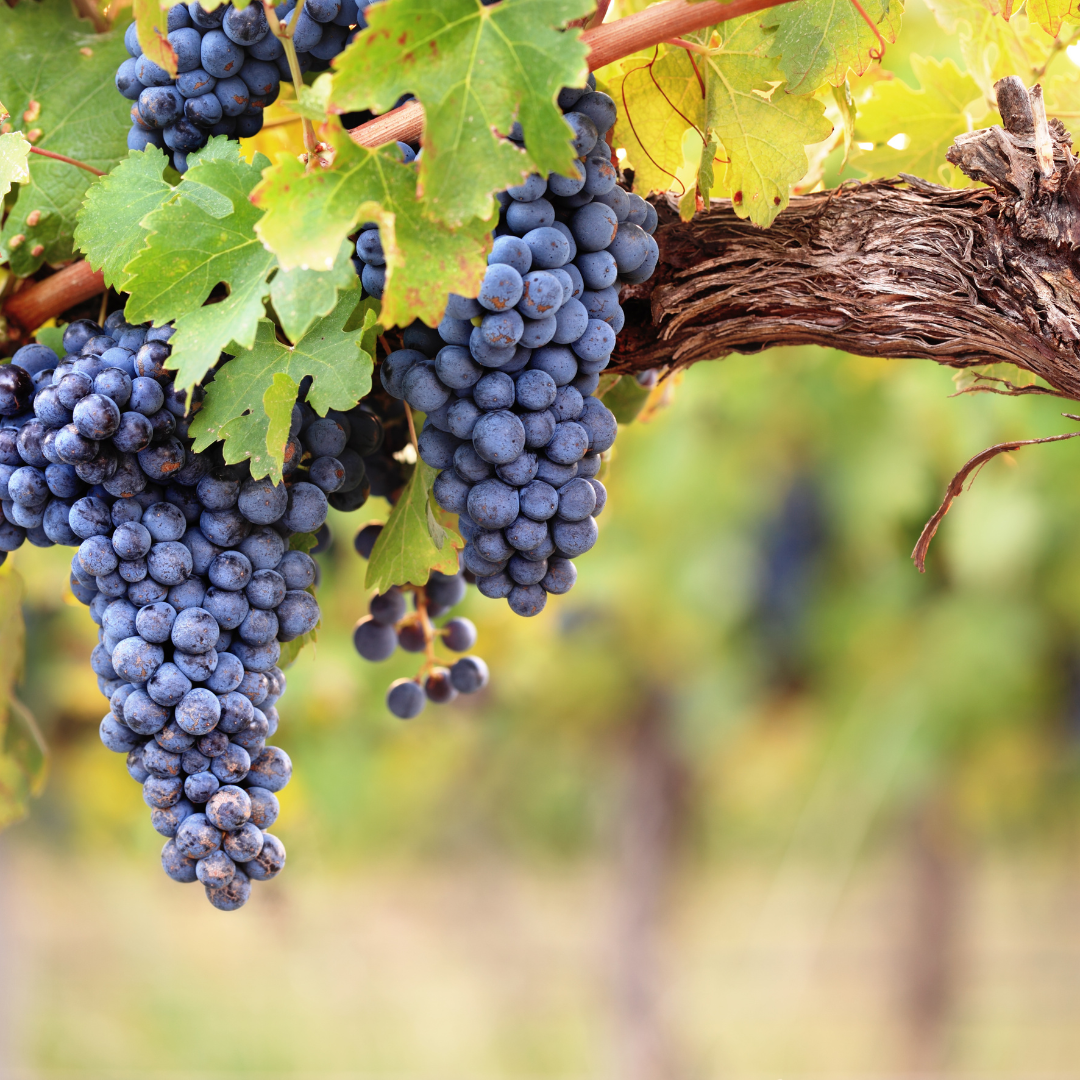



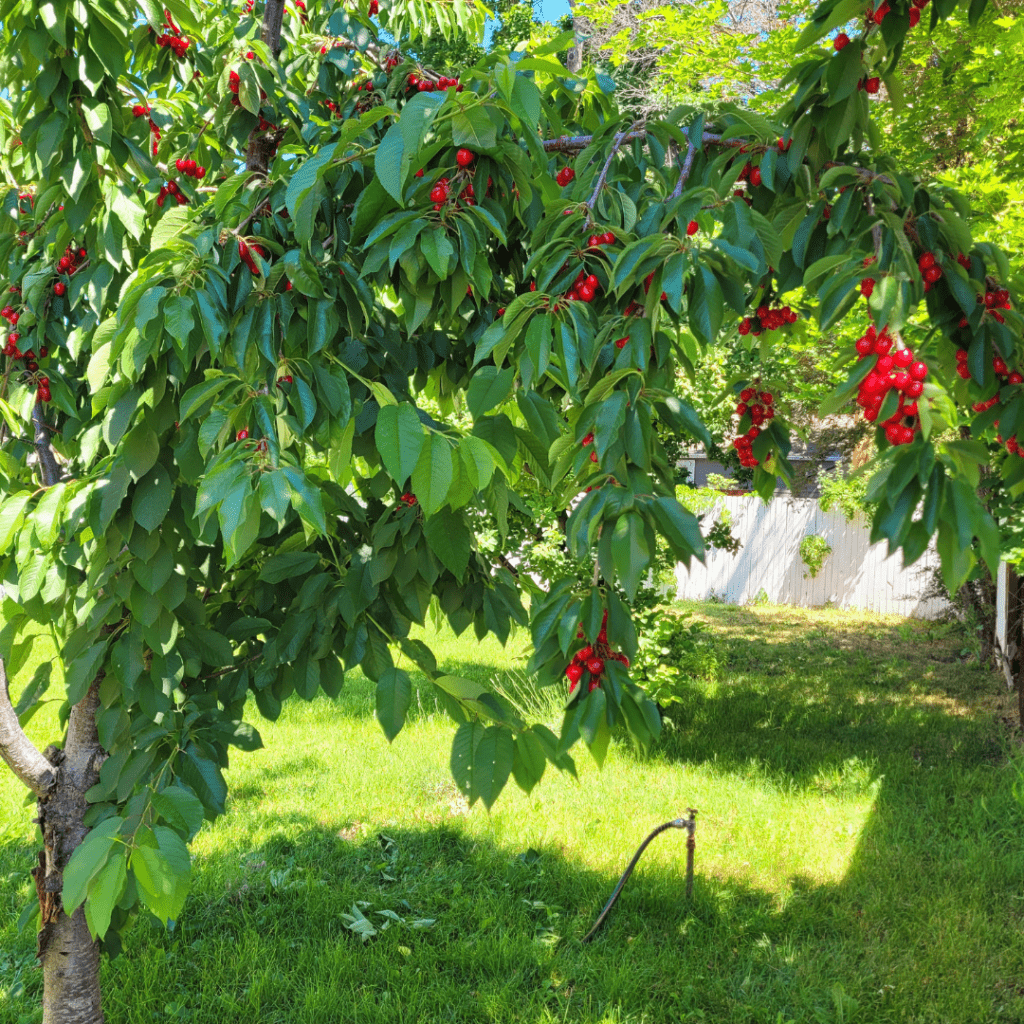
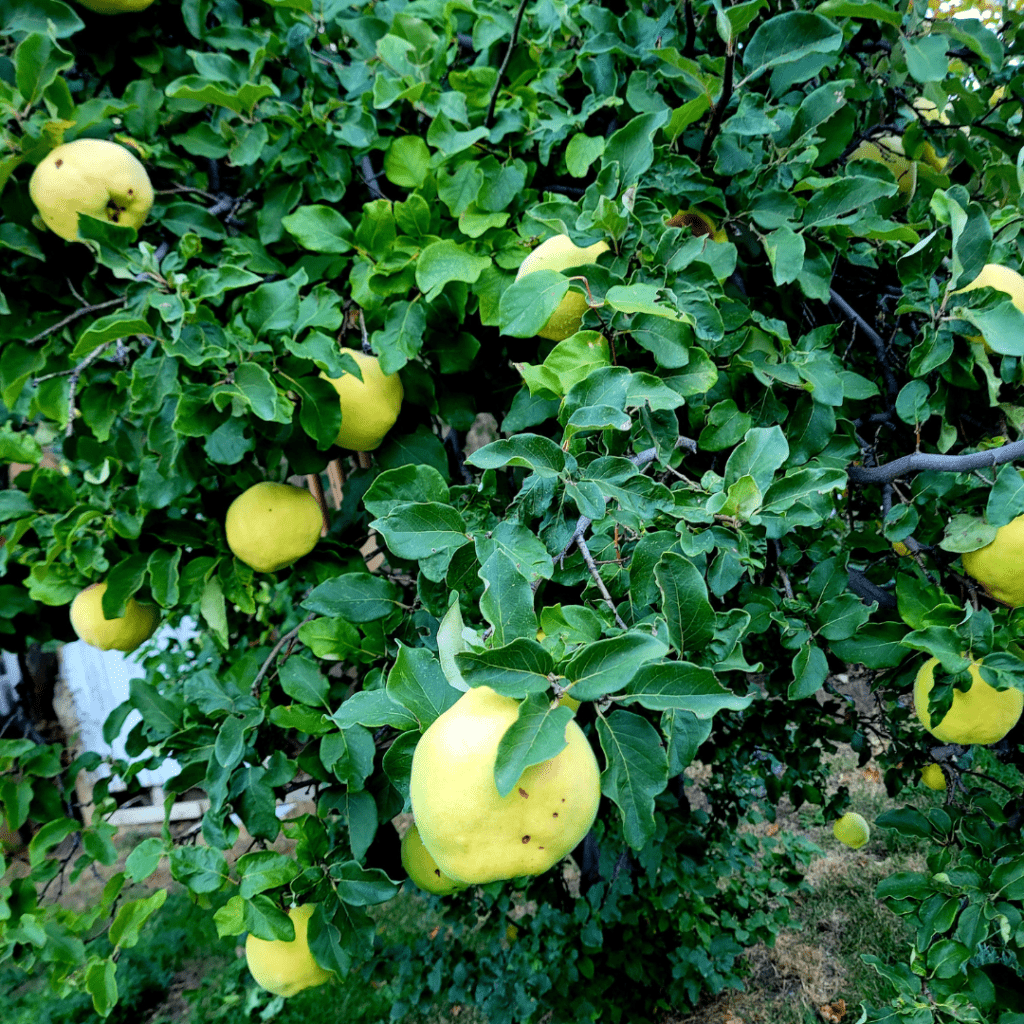
Permaculture is so important! Thank you very much for this great article, very informative
Thank you!!